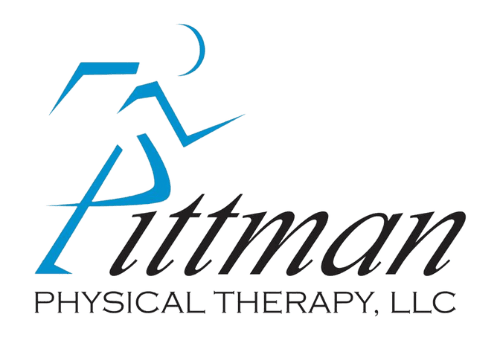Have you ever felt lower back pain after doing too much the day before? One of the major causes of low back pain is repetitive injury to the spine. Repetitive injuries can be as simple as picking up boxes or having to bend down to scrub and clean the house.
We often feel that we have done too much and then experience some aches or soreness that goes away in a day or two. However, your body is telling you that there is straining and microscopic tearing of muscle tissue, causing inflammation.
Are your back and abdominal muscles as strong as they use to be? With hours of sitting each day at work, watching TV or driving, your gluteus muscles and abdominal muscles become weak. These critical muscles give stability to your spine. When you challenge your body with repetitive bending or lifting, your gluteus, abdominal and spinal muscles just can’t cope like they use to, straining your spine. Therefore, minor damage to the spine results. Over years of repetitive strains, this can lead to major damage such as herniated discs, arthritis and chronic back or posture issues.
What can you do to protect your back?
- Stay active! By simply walking 20-30 minutes today, you can significantly increase the strength and mobility of your spine, stopping back pain.
- Lift and bend properly. Keep your back straight when bending down to the floor, using your legs. When you need to lift something, make sure your body is close to the object, tighten your abdominal muscles, use your legs and don’t twist.
- Have good posture. This is especially important when sitting at your desk for extended periods of time. If you need to, roll up a very small towel and place it in the curve of your lower back. Keep the chair close enough so that you are able to sit up straight while looking at a computer monitor.
- Stand tall. A bad habit these days is to hold your phone down low and look down at it while you are browsing on it. Hold your phone further up in front of you so that your spine is not bent forward when standing.
- Take breaks. One of the best ways to prevent low back pain is to take frequent standing breaks from sitting, alternating your position. About every 20-30 minutes, get up and move around for 1 minute.
- Stretch. Stretch throughout the day, especially your hamstrings as these directly pull on your pelvis, affecting your spine. Also, reach above your head to stretch out your shoulders, mid and upper back.
- Have a regular check up. Don’t forget to visit your physical therapist. You go for regular check ups at your dentist or doctor, but why not your physical therapist? We are the mechanics of your body, keeping it running and moving well. Yearly check-ups are key to keeping a healthy, moving spine.
You take care of your heart and lungs, but what about your spine? As anyone with back pain will tell you, life is very limited with a bad back. Therefore, take care of it and it will take care of you.
There is much that can be done to relieve sciatica, back or neck pain. Physical therapy should always be tried first if your back pain keeps on coming back. Discover how our back and neck program can give you the fast relief you deserve and restore your active life. Call Pittman Physical Therapy today to speak with one of our physical therapy specialists about your back pain.



